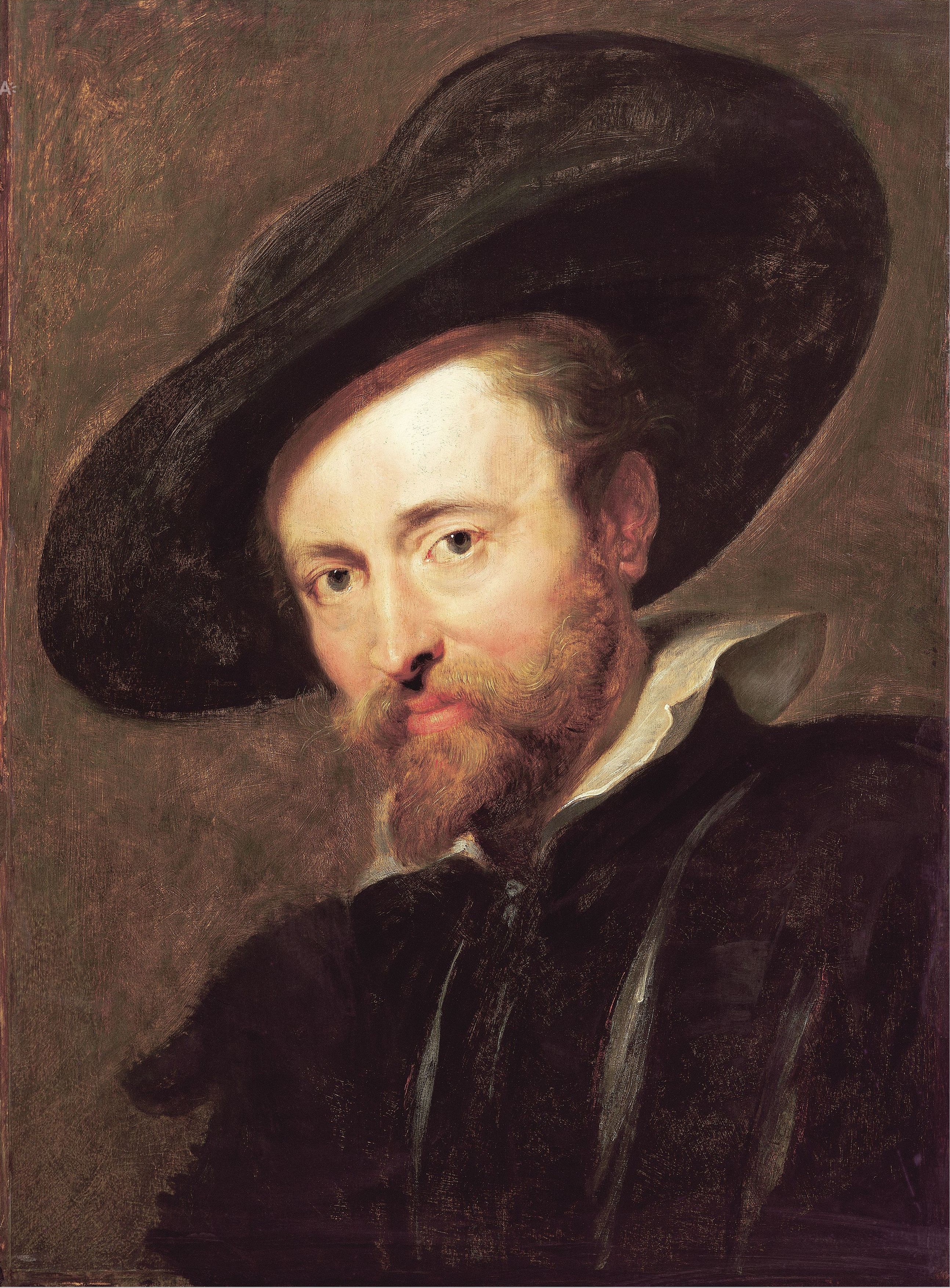Rubens was the leading Flemish painter in the 17th century. He worked in Italy for several years, where he became acquainted with the work of Caravaggio. Caravaggio had introduced a new style of painting that was particularly striking due to its use of chiaroscuro, strong contrasts between light and shade. This painting shows that Rubens had successfully mastered Caravaggio’s painting style. It is a good painting to show that Rubens was not only about spectacular mythological scenes full of nudes, he was also amazing in presenting intimate scenes. And look at this old woman! Amazing realism.
Rubens did not make this painting to be sold; instead, he retained possession of it. He probably used it as study material for the pupils in his studio in a "Look, this is what Caravaggio would do" type. It was certainly never intended for sale; rather than a new panel, Rubens used a panel made up of old planks of wood. You would never do this if the painting was a commission or made to sell. This is only something you would do if you were producing the painting for yourself.
Rubens had a print made of this painting, which was inscribed beneath with a text from Ovid’s book Ars Amatoria (The Art of Love). In the extract, Ovid describes an old woman who by night looks back on her missed opportunities in love. It is an incitement to seize your chances while you are still young and beautiful. This lends the painting a new dimension: you see an old woman lost in thought whose chances in love have been and gone. Now it is the turn of the young boy to seek out love.
We present today's painting thanks to our favorite Mauritshuis in the Hague. <3
P.S. Don't forget to check our DailyArt paper calendars for 2021; now -40% off the initial price. : )
P.P.S. Keen to learn? Here are 10 things you should know about Peter Paul Rubens!


 Peter Paul Rubens
Peter Paul Rubens